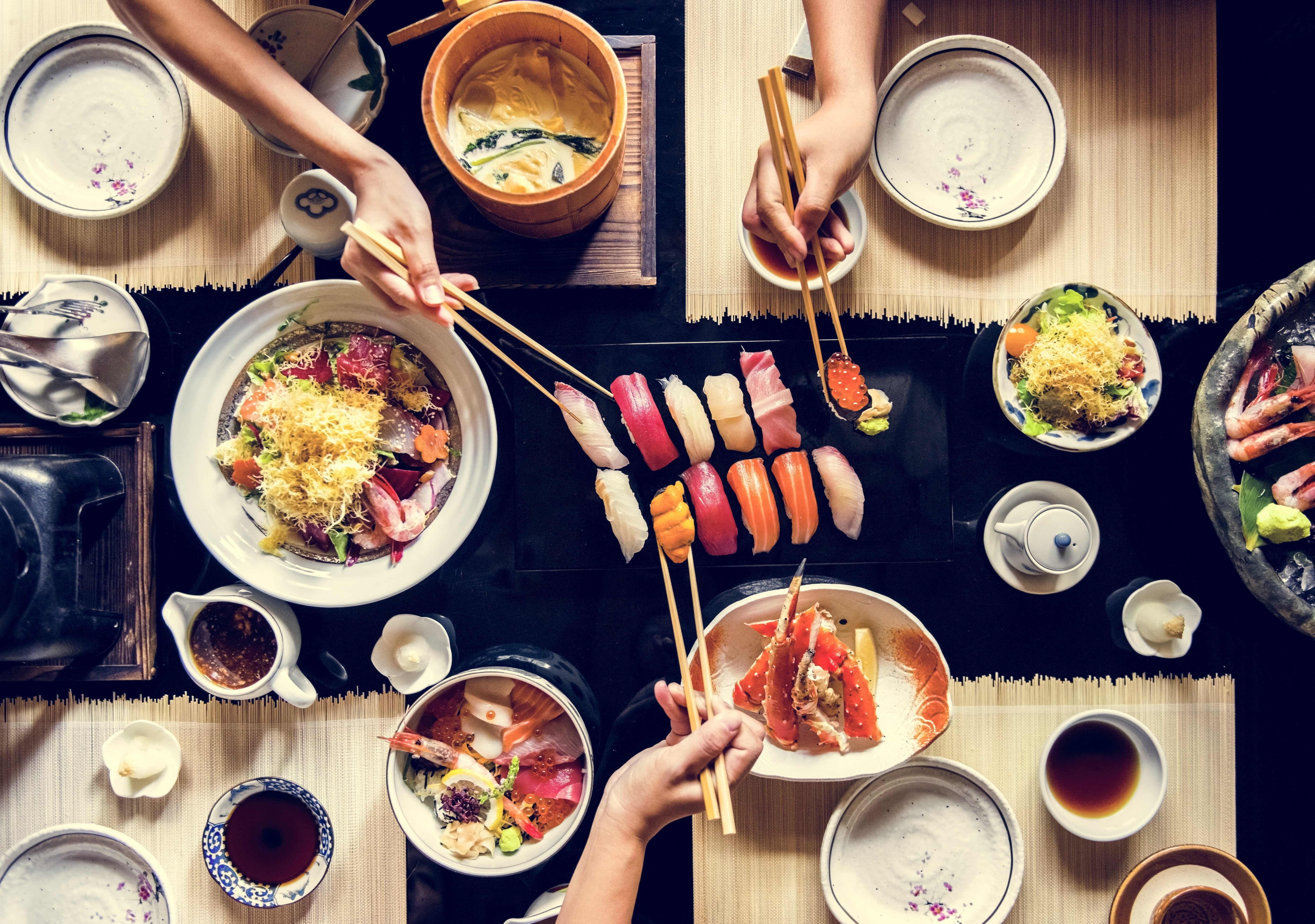The need to increase seafood consumption takes centre stage as a critical part of the solution to the world’s environmental, dietary and societal challenges, a series of new reports conclude.
“A massive opportunity, and responsibility, for seafood producers globally”, says the Norwegian Seafood Council.
Launched this week, the five peer-reviewed papers map out the opportunities for seafood or “blue foods” in addressing the need for delivering healthy diets and more sustainable, equitable and resilient foods systems.
The papers are the first in a series produced by the Blue Food Assessment (BFA), an initiative bringing together more than 100 leading researchers from more than 25 scientific institutions.
“So often overlooked as a major part of the solution, with these reports, seafood has taken a massive leap into the immensely important debate about our future food systems, says Renate Larsen, CEO of the Norwegian Seafood Council.
Seafood demand to double by 2050
One of the papers highlights the massive projected growth in demand for aquatic foods, nearly double that of today’s, driven primarily by markets in Asia and Africa. But the need for increased consumption of seafood is a global one, as one of the other reports conclude blue foods rank higher than terrestrial animal-source foods in terms of both nutritional benefits and potential for sustainability gains.
“It is a massive challenge and literally presents an ocean of opportunities, but a task which also comes with great responsibility. We must continue to evolve sustainable aquaculture practises, promote responsible and well-managed wild-catch fisheries, and ensure that consumers can make conscious and well-informed decisions about the food on their plates,” says Larsen.

Norwegian industry has a responsibility to lead the way
Larsen heads up the largest generic marketing organisation for seafood, the Norwegian Seafood Council, representing the Norwegian seafood industry and origin label Seafood from Norway.
“For Norway as a leading seafood nation, we recognise the great responsibility we have to continue to evolve our sustainable seafood industry. Our aquaculture and fisheries industries are characterised by continuous development, always seeking to find better solutions, not only to increase production, but also to operate more sustainably.”
For three years in a row, Norwegian salmon farming companies have topped the rankings of the world’s most sustainable protein producers, the Coller FAIRR Protein Index. Read more.
“Our regulatory system also nurtures innovation and thus our aquaculture industry is at the forefront of sustainable technological advances, something which again benefits the aquaculture industries far beyond the Norwegian waters through knowledge sharing and best practise,” Larsen says.
Promoting blue foods
The reports provide a sound scientific foundation for the argument for seafood as a vital part of the future food debate, but Larsen points out that a blue foods revolution will require more than just producing more sustainable seafood.
“It is not just about production, these reports also highlight the importance of revising dietary guidelines, promote healthy eating and create policies incentivising sustainable consumption as well as production,” Larsen points out.
In the wake of this autumn’s UN Food Systems Summit and the Blue Foods Assessment, Larsen would like to see more progressive policies and visible efforts to promote sustainable seafood consumption.
“It has been frustrating how the dietary battle-lines up until have been very much drawn between meat and plants, leaving the immense potential of the oceans largely overlooked. To succeed in this vital shift towards more sustainable, bluer diets we need action throughout the value-chain, from government to producers and retailers and all the way to the consumer,” Larsen says, promising her own organisation will continue to push the sustainable seafood agenda.
Read more on the Blue Food Assessment website.
Read more about the Norwegian Seafood Council’s partnership with EAT.
Report findings at a glance
- If the world is to build food systems that are good for people and the planet, for today and tomorrow, it needs to take advantage of the multitude of possibilities in the water.
- Fisheries and aquaculture can plan a greater role in delivering healthy diets and more sustainable, equitable and resilient food systems around the world
- There is still significant room for expansion in the production of blue foods, and we are only scratching the surface of how sustainable this can be.
- Global demand for aquatic foods set to nearly double by 2050
- Increase in demand will be largely met by increase in aquaculturerather than capture fisheries.
- Seafood was found to rank more highly than terrestrial animal-source foods in terms of their nutritional benefits and potential for sustainability gains.
- The sustainability of blue food consumption will depend critically on which types of fish are eaten and where they are produced.




